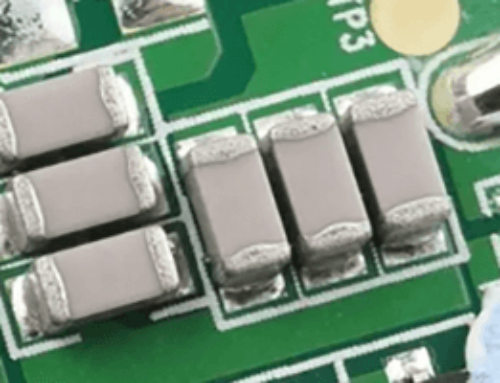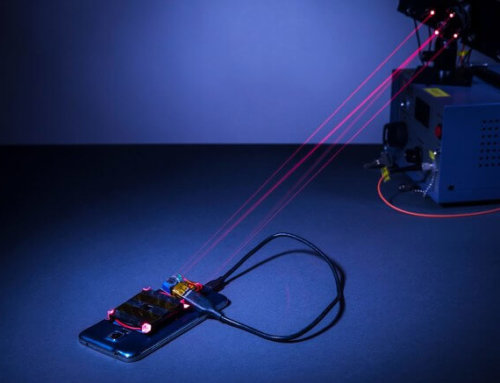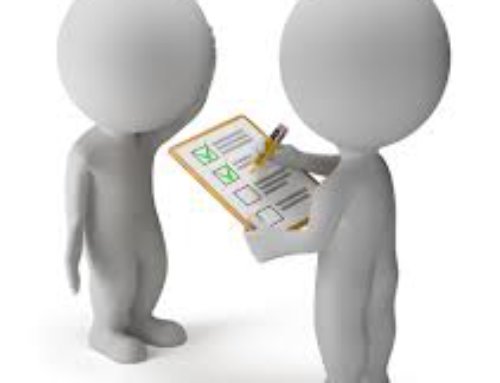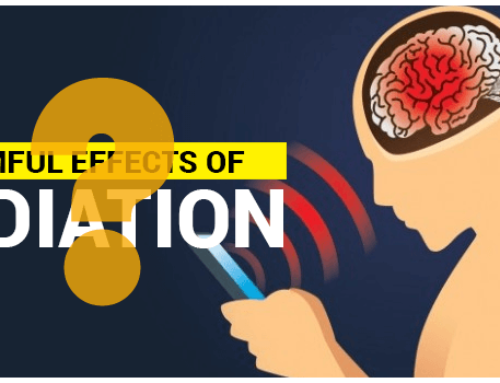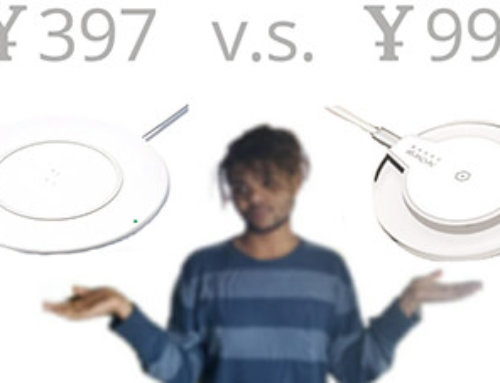The industry researchers found out some easy way to pass QI test.
2018-04 Source: JXW Translate: Rirob Tech
In September 2017, Apple released 3 types iPhone that all supported wireless charging. Now, the wireless charging has become an essential feature for mobile phone manufacturers. On March 27th, Xiaomi and Huawei released new mobile phones on the same day. Xiaomi uses wireless charging on the MIX 2S, while Huawei’s Porsche version P20 supports wireless charging. In addition to mobile phones, both of them have launched their own brand of wireless charging transmitters. According to the new analysis, WPC(Wireless Power Consortium) has over 512 members. More than 60 models of mobile have passed the Qi certification. The number of Qi-certified products that includes Transmitter (TX) and Receiver (RX) and mobiles has been exceeded the number of 1,245.
Now let’s pay attention to the point that wireless charging industry and suppliers focus on. We will explain the certification projects, processes, and common issues under the new WPC regulations in detail.
WPC began implementing the new V1.2.4 Qi certification standard in March 2018. According to the load power, all certified products are classified into two types they are BPP (reference power distribution) and EPP (extended power distribution). The products whose output power less than or equal to 5W belong to BPP and the other products whose power in 5W to 30W belong to EPP. Since EPP is suitable for medium power product certification, all current Apple rapid charger 7.5W and Samsung fast charger 10W should be within the scope of EPP certification.
Whether BPP or EPP, Qi’s certification testing process consists of two parts. The first is compliance testing, and the second is Qi interoperability testing. There are many choices in China to choose ATL (authorized test lab). But there is only two compatibility testing laboratory IOC (interoperability testing center) in the world. One is in Europe Belgium and the other one is in Korea.
For commonly used wireless charging transmitters, the Qi certification testing process is as follows:
1) Compliance testing.
It needs 5 pieces prototypes sample for testing. First of all one of them will be arranged to do compliance test. After passing the test, the sample will be left in the ATL.
The main test content includes:
– Time sequential of the communication protocol between transmitter and receiver
– Test power output capability by translation of XYZ axis
– Maximum power supply capacity for energy transmission
– Foreign Object Detection (FOD)
2) Compatibility testing.
After passing the conformance test, ATL will divide the other four testing samples into two groups and send them to the laboratories in Belgium and South Korea for compatibility testing. Two samples will be sent to the main IOC laboratory and the other two will remain in the auxiliary IOC laboratory. Compatibility testing will be arranged after the main IOC laboratory receives the samples sent by ATL. If passed the compatibility test, the status will be changed to “Confirmation Completed” on the official website. It also means the result of the product will be released on the WPC website and the samples will remain on the test bench. There are about four hundred transmitters and one hundred receivers on the current test bench now.
According to the WPC’s requirements, all test samples need to be tested to be compatible with all previously certified samples. If the product being tested is a wireless charging transmitter, all WPC-compliant receivers need to be tested for compatibility.
Compatibility testing includes two aspects. First, when the transmitter and receiver are put together, both need to establish communication within 3 seconds. Second, in the case where the test product battery power is 10% to 20%, it needs to maintain charging for five minutes.
According to the WPC’s rule, great more care has to be taken in compatibility testing. The compatibility testing goes after passing the compliance testing as the requirement of the QI testing. If the compatibility test fails, the sample will be brought back for rectification. But it can not be directly sent to the compatibility test. It needs to go through the conformance test and the following compatibility test process again.
As usual, the testing time is 4-5 weeks with everything goes well. In November of the 2017 certification peak period, a total of nearly 30% of the tested products failed to pass the first compatibility test, while the first time failure rate of the EPP test sample was as high as 61.5%. Even the failure rate of the currently more common BPP testing is still close to 20%.
For such a high test failure rate, the author summarizes the most common problems:
1) During operation the sample’s CE (Control Error) data packet jumped out of -1,0,+1;
2) ASK or FSK connection is interrupted before and during power transfer;
3) FOD detection disorder;
4) Transmitters and receivers Qi protocol fails in the process of establishing the communication process.
5) The transmitter is very sensitive to the location of the test receiver and can only support certain positions.
6) Some of the transmitters support multiple fast charging protocols, such as 10W Samsung Fast Charge (SFC) and 7.5W Apple fast charge. They may be prone to protocol disorder during the Qi certification test. They cannot work properly with the test receivers.
Now researchers found the current difficulties are concentrated in the following points in Qi testing of the wireless charging transmitters:
1) Item 23: Maximum Energy Supply Test;
2) Item 25: FOD foreign body detection;
3) Failure in compatibility tests.(Need to test once again from compliance testing.)
After many attempts,we found a perfect design that can solve those problems. And now we can pass the QI testing at one time. We have reported the result before, please click here to view” Congratulations on the success of our customer‘s QI test“. Click here to check the testing report of our products. If you are interested in the wireless charger, please subscribe at the right side.

